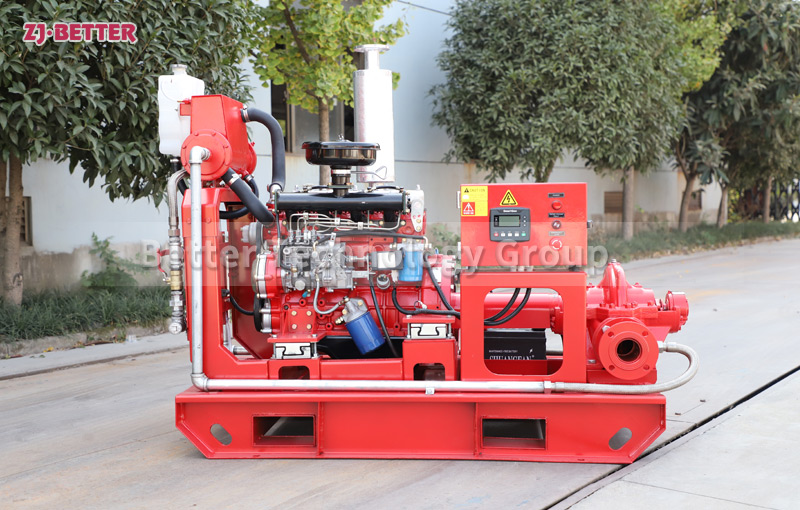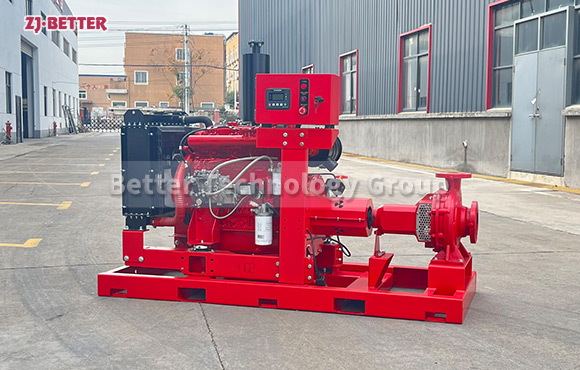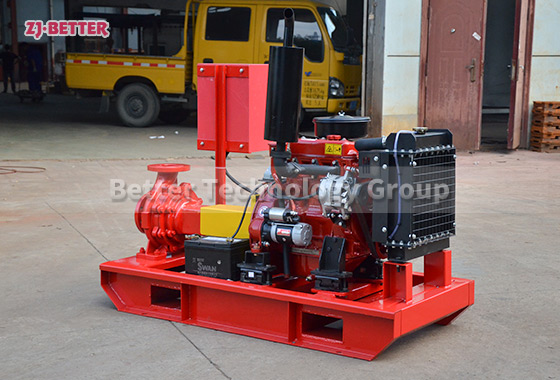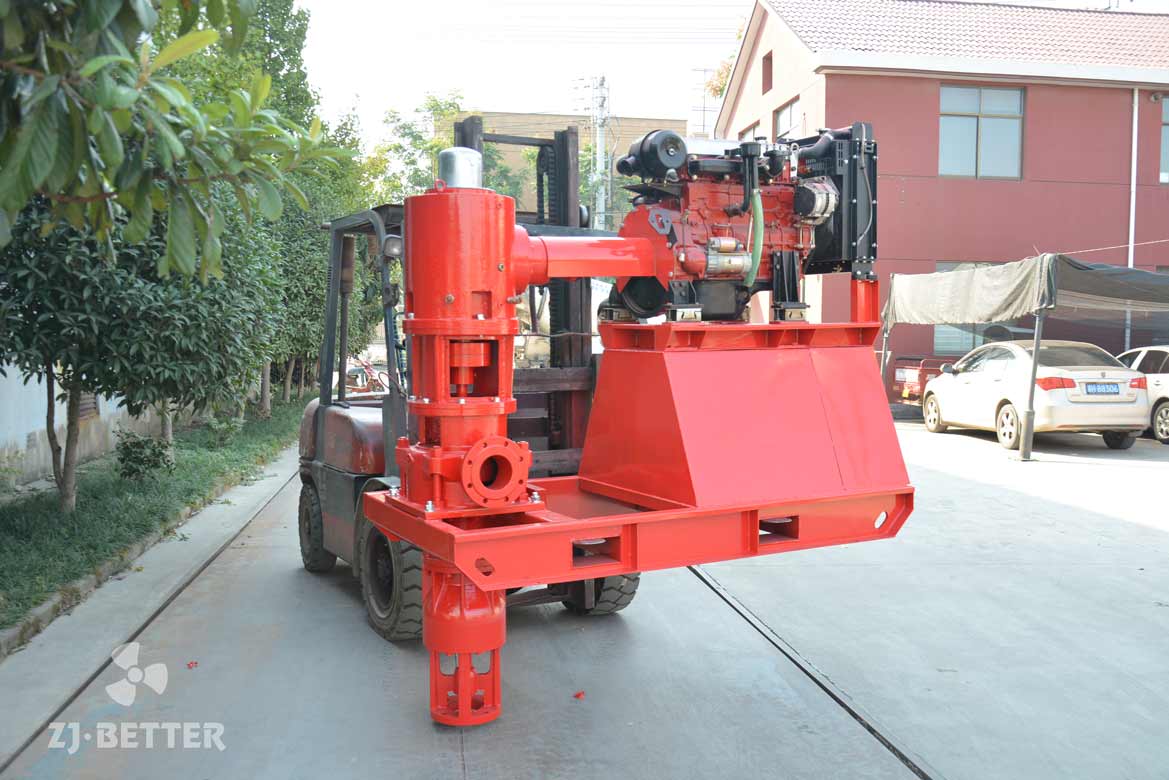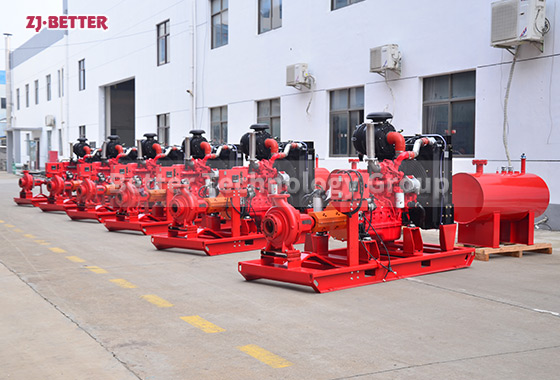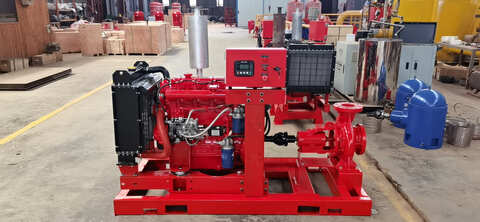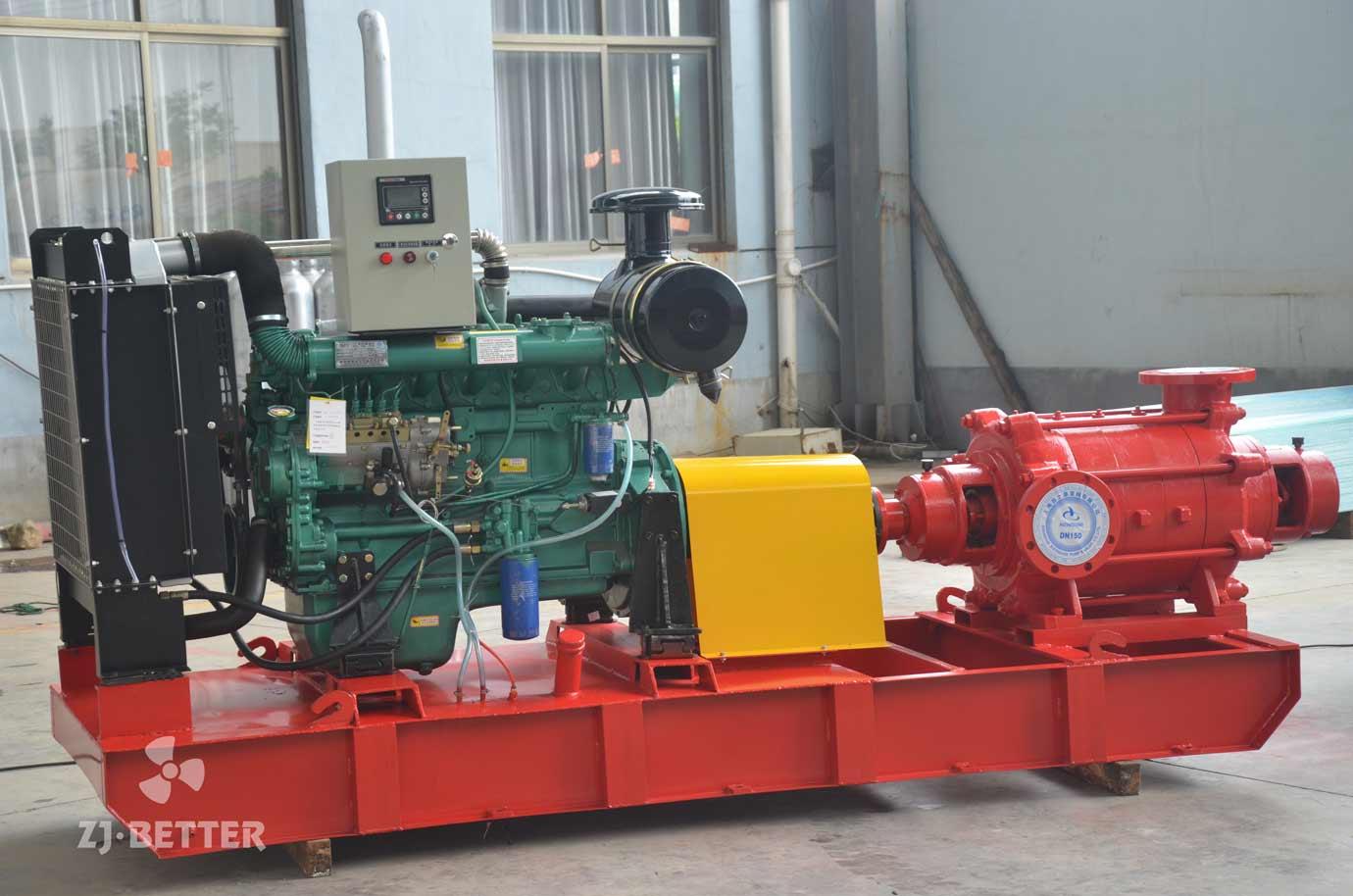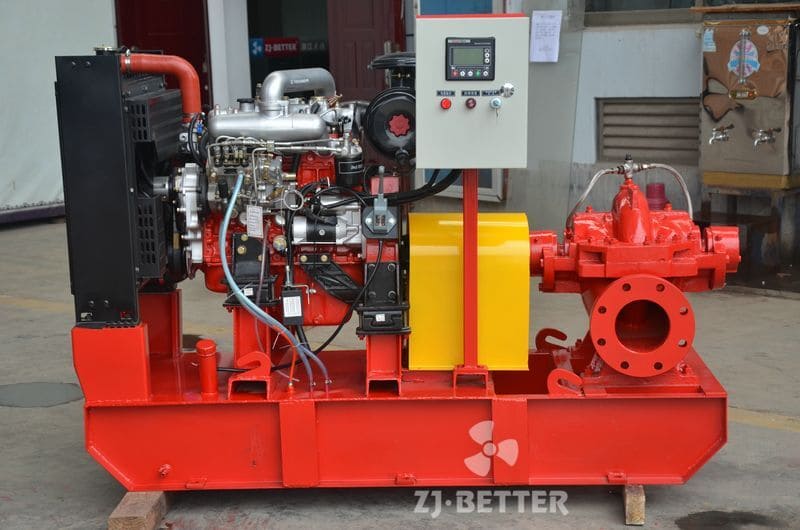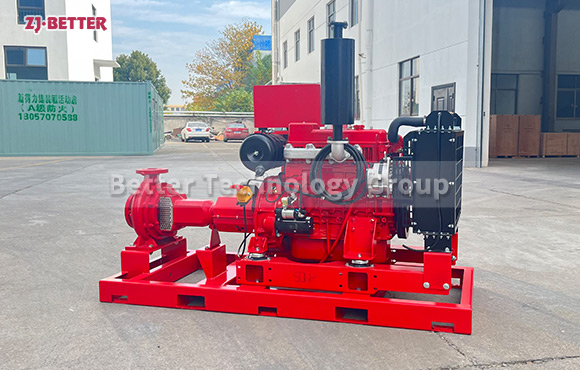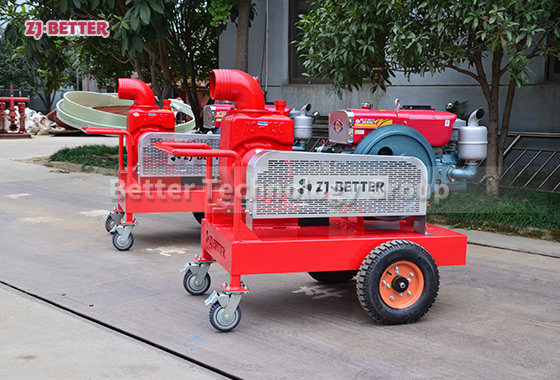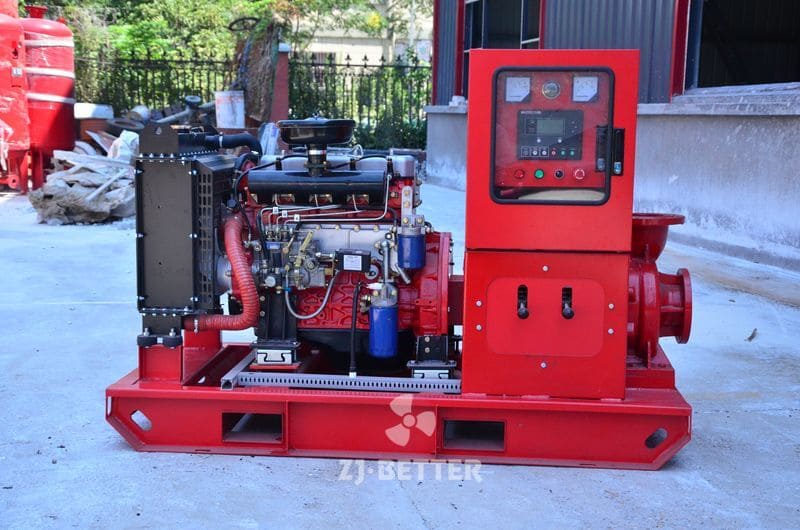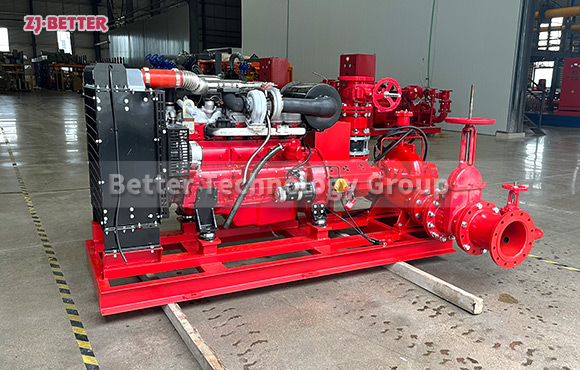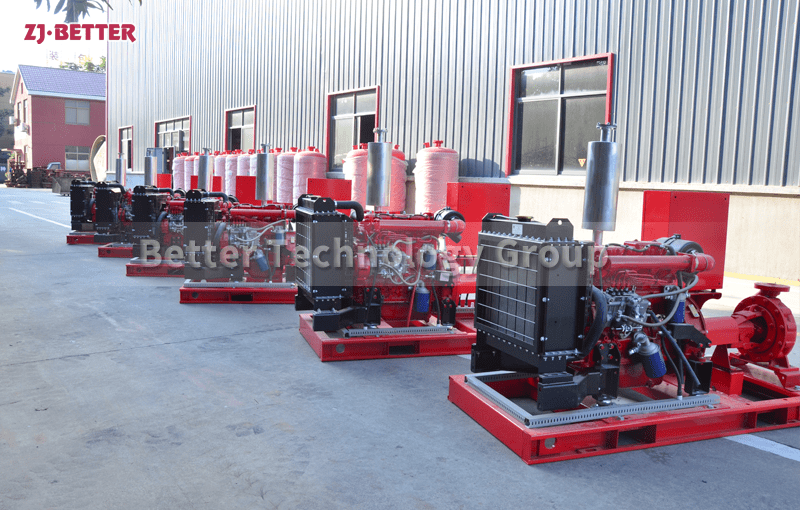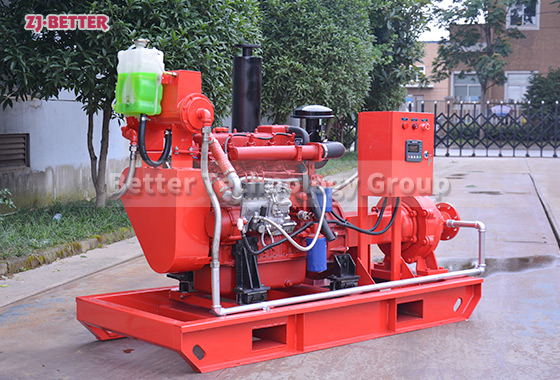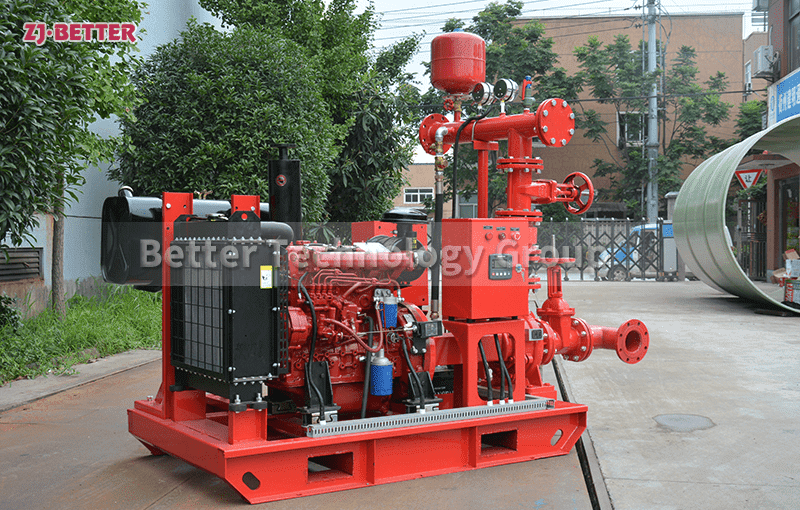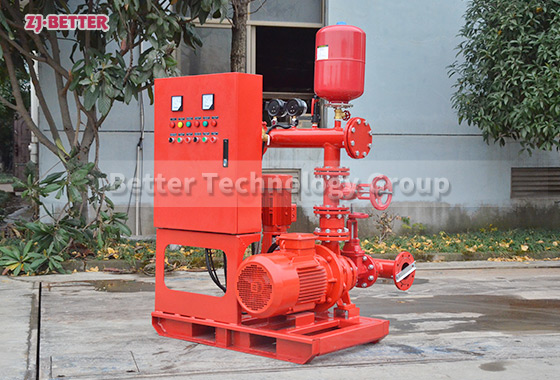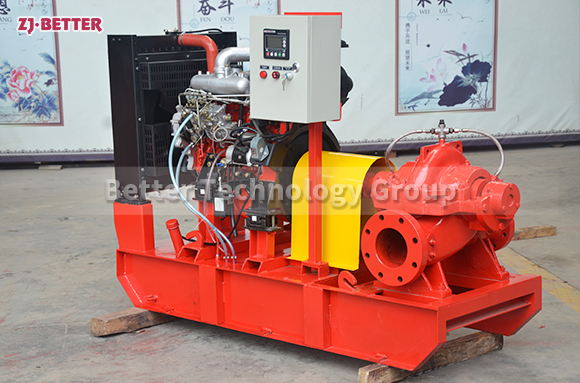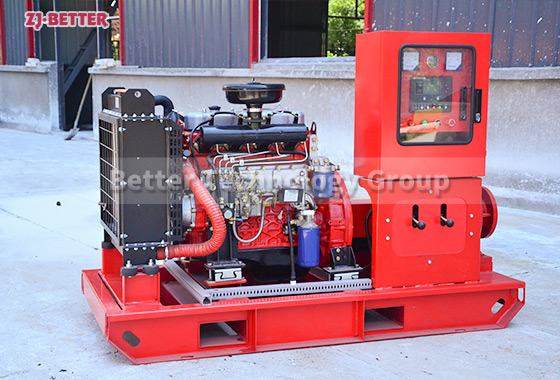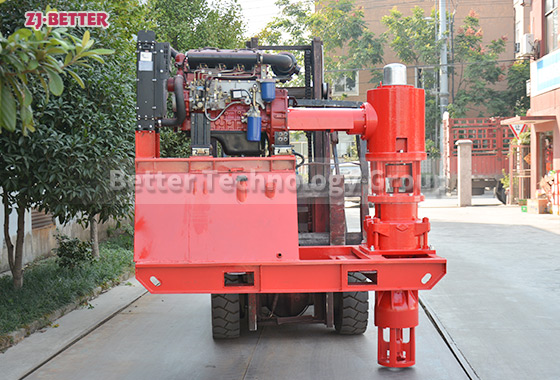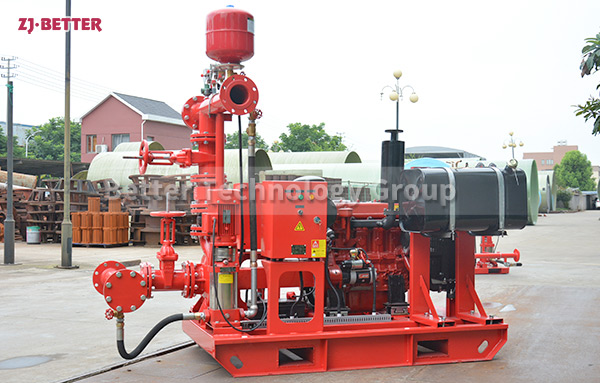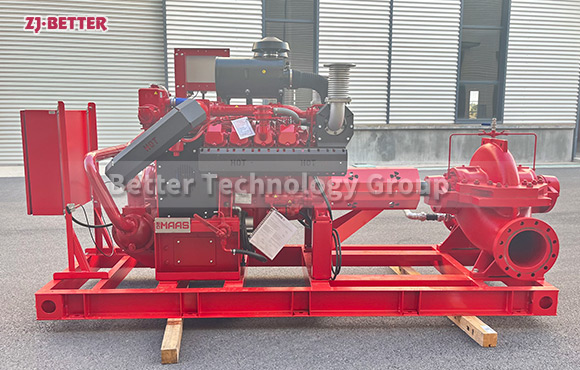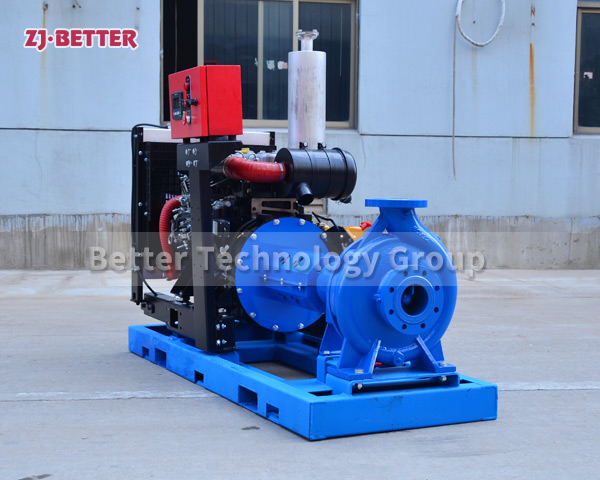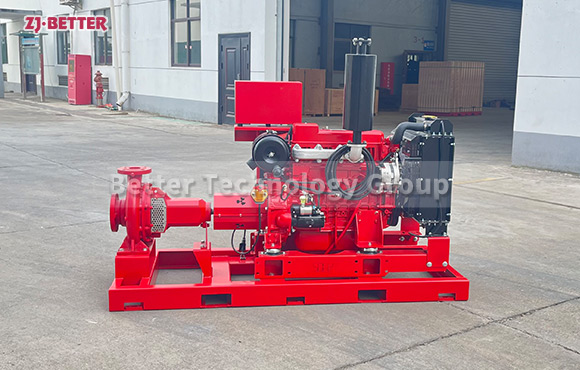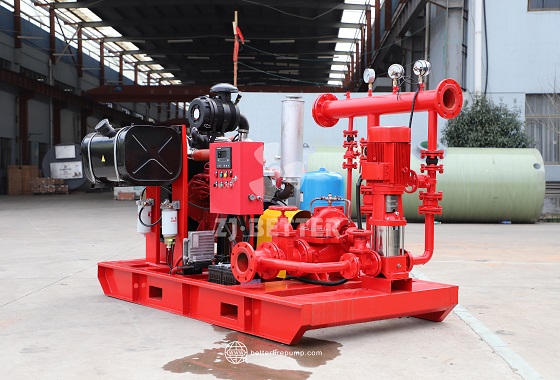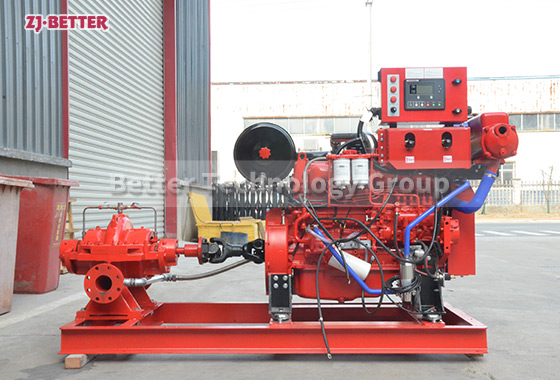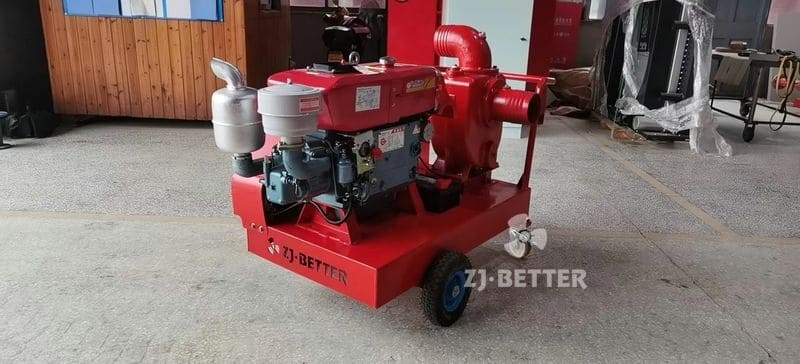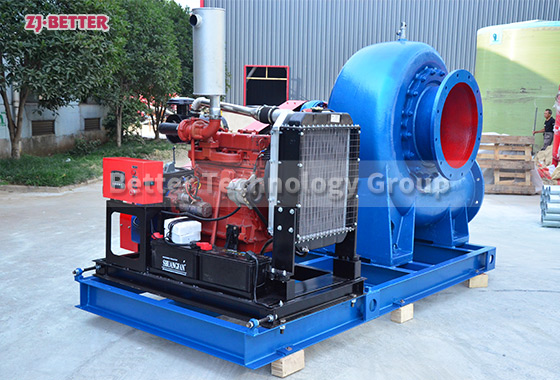The start-up and operation of the diesel engine fire pump can be completely separated from the mains
The biggest difference between the diesel engine fire pump and the electric water pump is that it has its own independent power supply system – the storage battery. Therefore, the start and operation of the diesel engine fire pump can be completely separated from the mains.
The diesel engine fire pump is usually used as a backup facility, so it will only start automatically when the fire signal comes, and when the electric water pump fails or the power supply is cut off. When it has a device for starting the pump at ultra-low pressure, its matching electric water pump control cabinet should also have a device for starting the pump at ultra-low pressure, and the lower limit of the two pumps should have a certain pressure difference. Of course, we can also design a control system that is more suitable for customer needs according to customer requirements.
Main features of diesel engine pump set:
1. Automatic start: After the diesel water pump unit receives fire J/pipe network pressure/power failure/or other start signals, it can automatically start within 5 seconds and put into full-load operation;
2. Automatic charging: the battery can be automatically charged by the mains or diesel charging motor, and the unit can start smoothly;
3. Automatic alarm: automatic alarm and protection for diesel engine failures such as low oil pressure and high water temperature, and alarm and stop when overspeed;
4. Automatic preheating: make the diesel engine in a standby state to ensure emergency work;
5. Direct connection type: The diesel engine and the water pump used in the diesel water pump unit below 360kw are directly connected through the elastic coupling technology, which reduces the failure points, greatly shortens the starting time of the unit, and increases the reliability and emergency performance of the unit;

